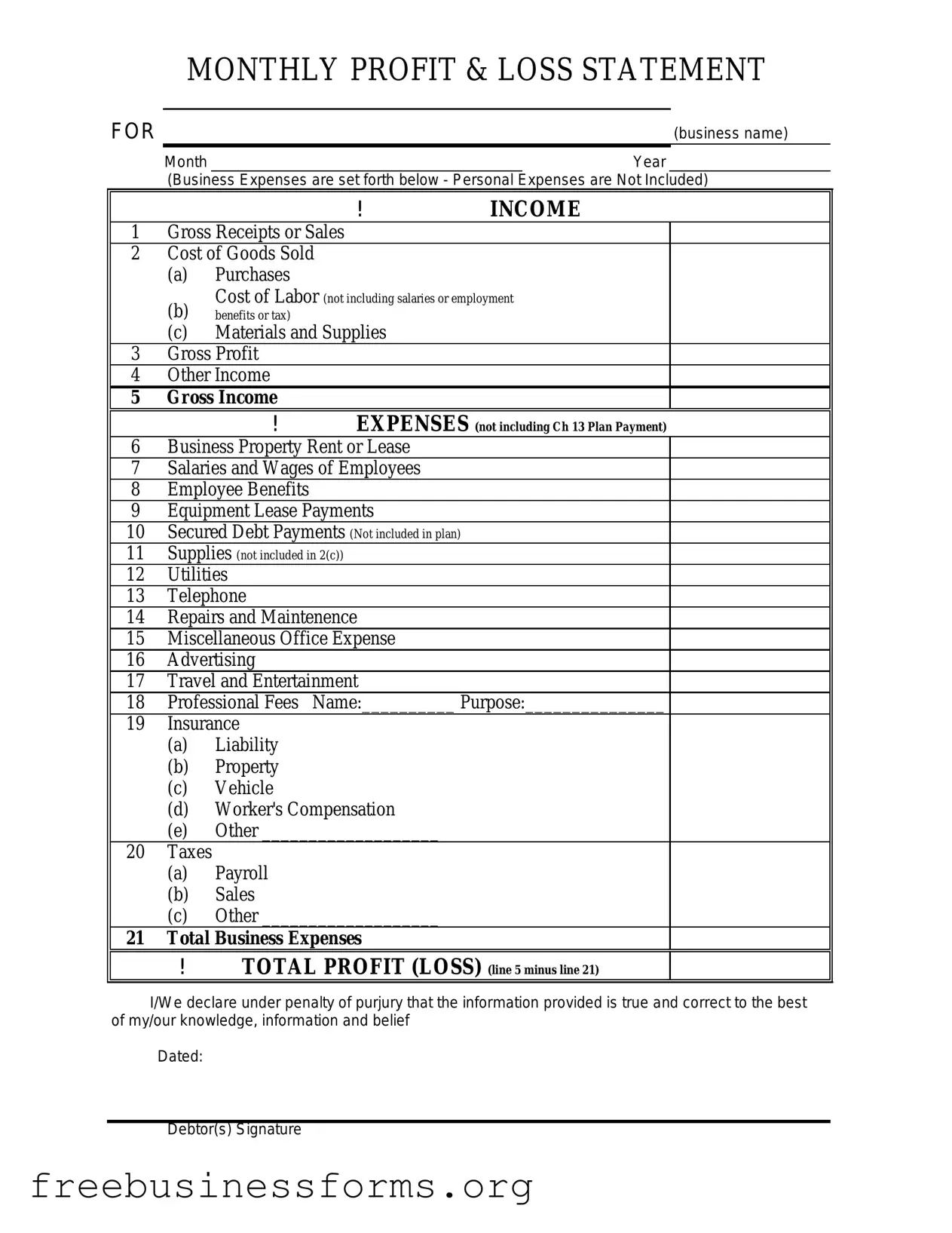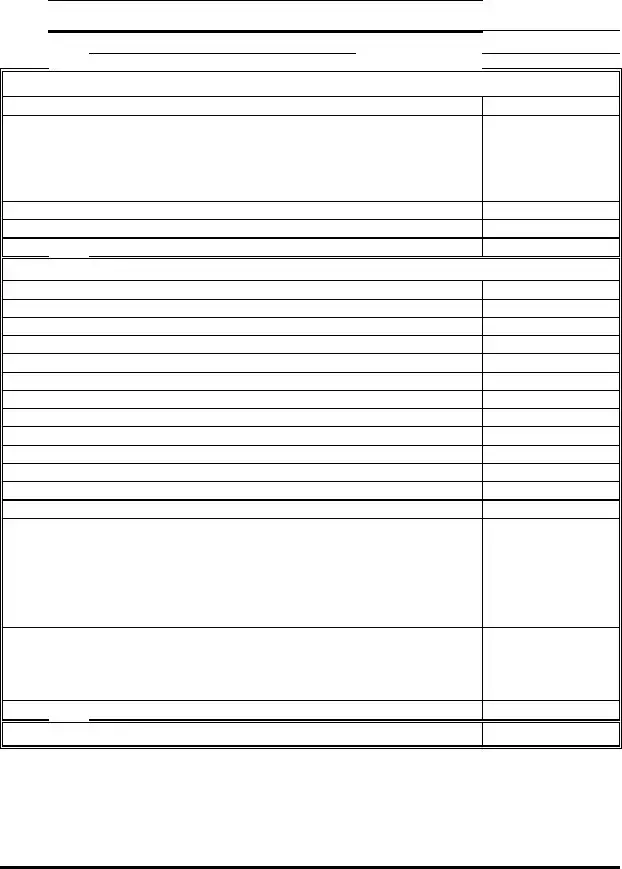Official Profit And Loss Form in PDF
The Profit and Loss form, often referred to as an income statement, is a financial document that summarizes a company's revenues and expenses over a specific period. This essential tool provides insight into the profitability of a business, allowing stakeholders to assess financial performance and make informed decisions. Understanding the components of this form is crucial for anyone involved in financial management or analysis.
Open Form Here

